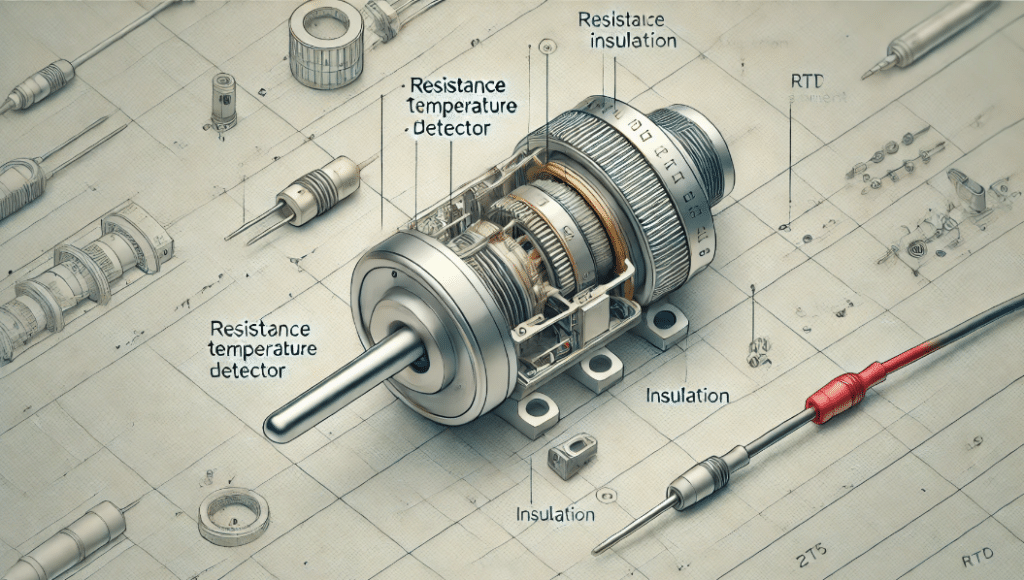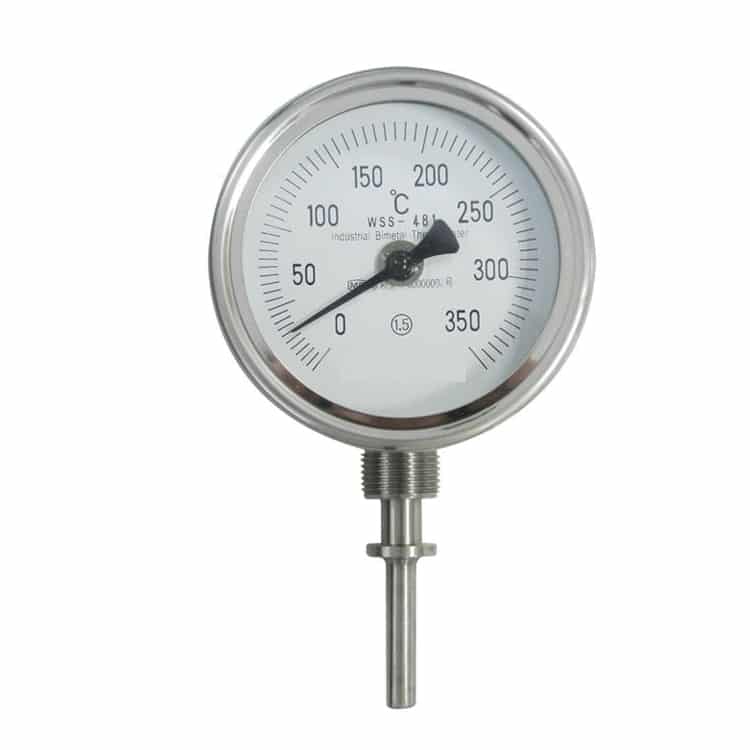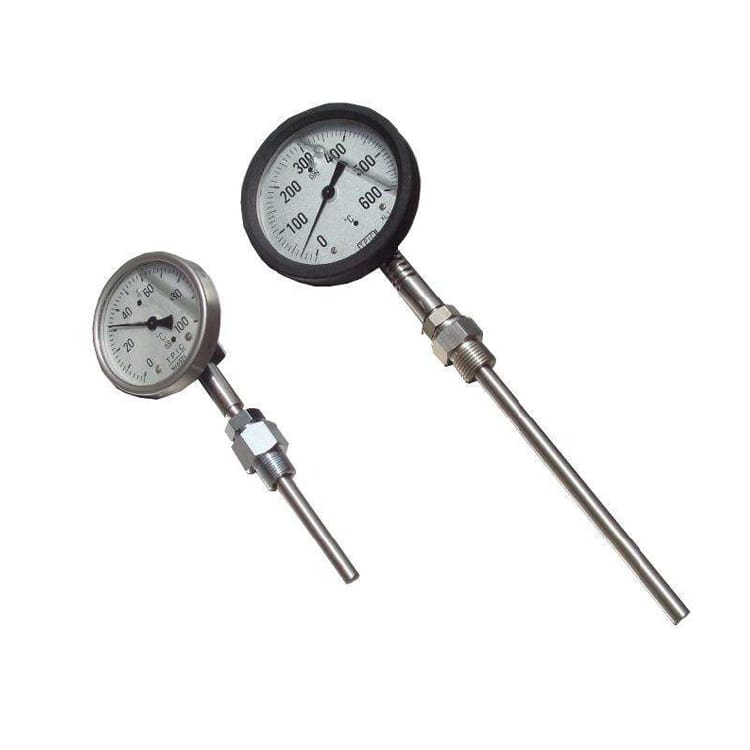In the field of water quality monitoring, temperature is an important parameter that directly affects the chemical reactions, biological activities and physical properties of water. Therefore, choosing the right temperature sensor is crucial. In this regard, RTDs (Resistance Temperature Detectors) and thermocouples are two common temperature measurement tools.
RTD vs Thermocouple
Definition of RTD
An RTD is a temperature sensor whose principle of operation is based on the property of a material’s resistance to change with temperature.RTDs are usually made of platinum because of its good linearity and stability.The resistance of an RTD increases as the temperature increases, and measurements are made to determine the temperature by measuring its resistance.RTDs are widely used in applications that require high accuracy and long-term stability, such as laboratory testing and industrial process control.

Definition of Thermocouple
A thermocouple(WSS Temperature Bimetal Thermometer) is a temperature sensor that consists of two different metallic materials (usually two alloys) welded together to form a contact. When the temperature of the contacts changes, there is a relationship between the thermal potential (voltage) generated and the temperature.


Thermocouples can measure a wide range of temperatures and are suitable for extreme environments. They are typically used for fast response and high temperature resistant applications such as industrial furnaces, engines and various high temperature process monitoring. Thermocouples have the advantage of being inexpensive and simple in construction, but their relative accuracy and long-term stability is slightly less than that of RTDs.

What Materials Are Used in RTD and Thermocouple?
Materials used in RTDs
RTDs typically use platinum as the primary material because of its good linear resistance change characteristics, stability and corrosion resistance. Common types of RTDs include PT100 (100Ω at 0°C) and PT1000 (1000Ω at 0°C).
Temperature range: Typically between -200°C and +850°C, depending on the material and design used. Platinum RTDs typically perform best in the -200°C to +600°C range.
Materials Used in Thermocouples
Thermocouples consist of two different metals or alloys, common combinations include:
Type K thermocouples: nickel-chromium and nickel-silicon alloys
Type J thermocouple: iron and copper-nickel alloy
Type T thermocouple: copper and copper alloys
Type E thermocouple: nickel-chromium and copper-nickel alloys
Temperature range: Thermocouples have a relatively wide range of temperatures, with different types having different ranges:
Type K: approximately -200°C to +1260°C
Type J: approximately -40°C to +750°C
Type T: approx. -200°C to +350°C
Type S: approx. -50°C to +1500°C
Type R: approx. -50°C to +1600°C
Type B: approx. +400°C to +1800°C
Accuracy and Sensitivity of RTDs and Thermocouples
| Feature | RTD | Thermocouple |
| Accuracy | ±0.1°C to ±1°C | ±1°C to ±3°C |
| Sensitivity | High | Lower |
| Response Speed | Slower | Fast |
| Temperature Range | -200°C to +850°C | Varies by type, approx. -200°C to +1800°C |
| Linear Response | Good | Poor |
Summary
RTDs and thermocouples each have unique advantages and limitations. Understanding the needs of your application will help you select the most appropriate temperature sensor. Whether you prioritize accuracy, temperature range, or response time, there is an option that fits your needs. By making informed decisions, you can ensure optimal performance and reliability for your temperature measurement tasks.
Apure offers temperature sensors in addition to other water quality parameter testers, pressure measuring instruments, level measuring instruments and flow measuring instruments. Please contact us for further information.
